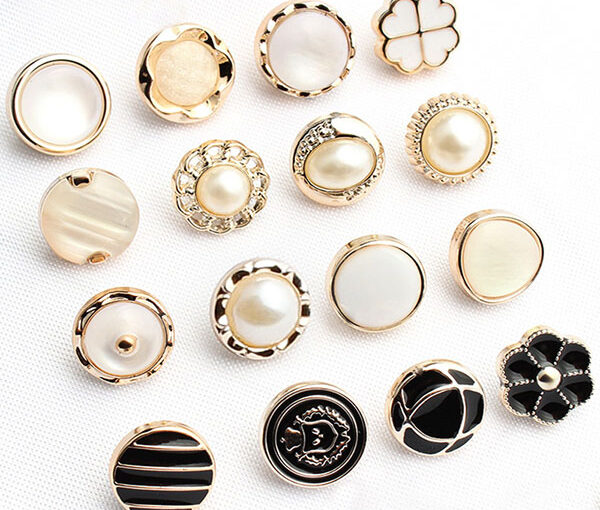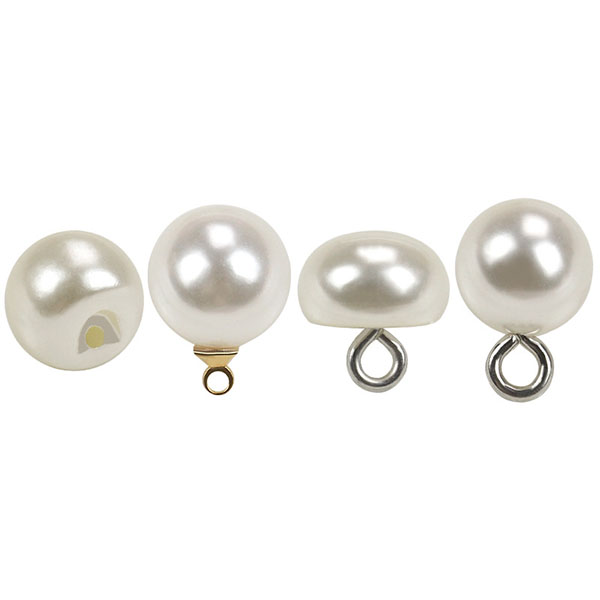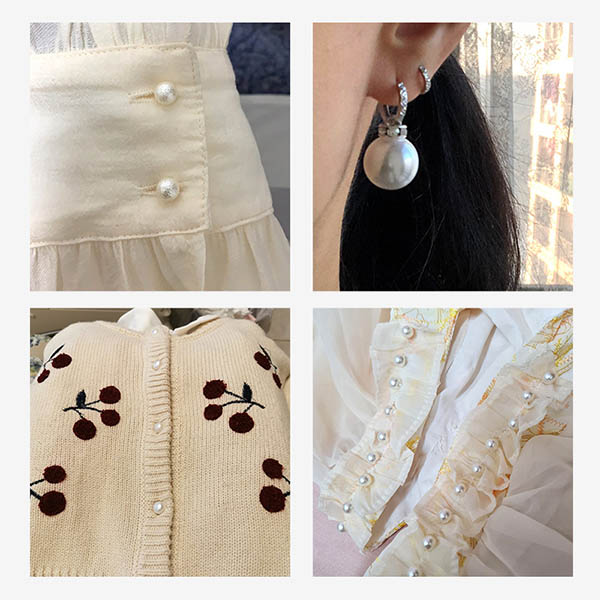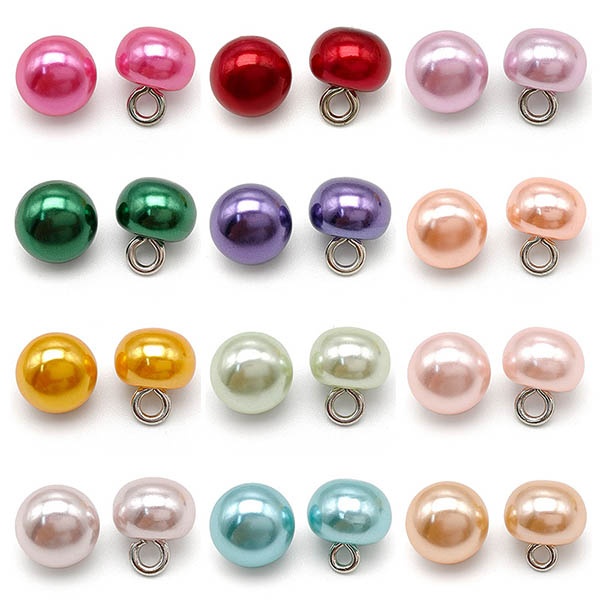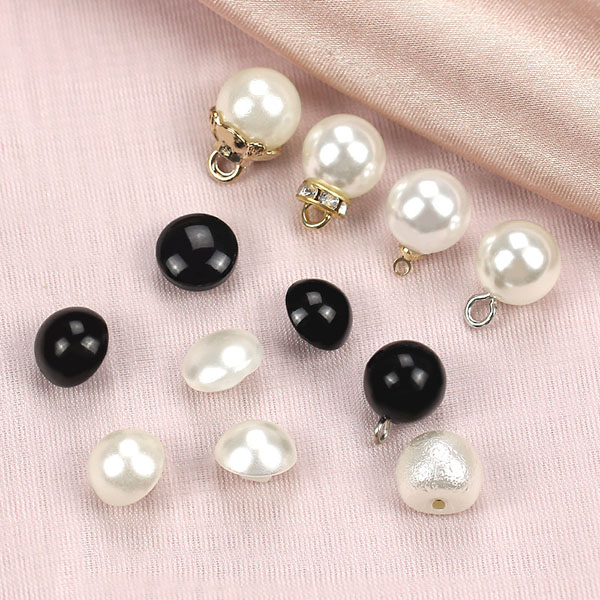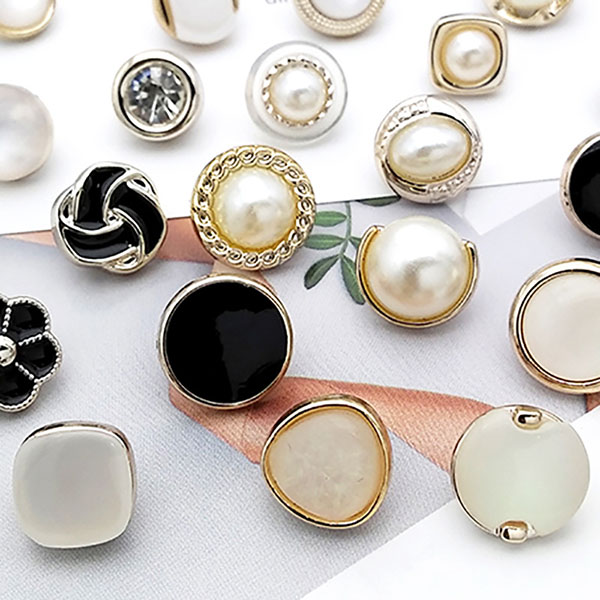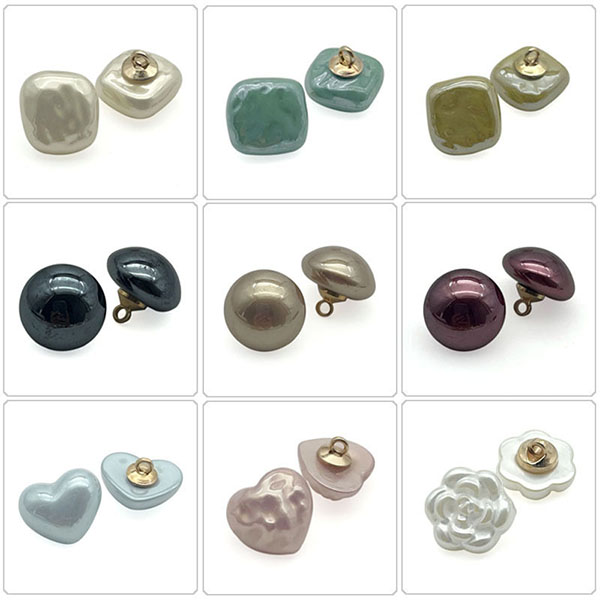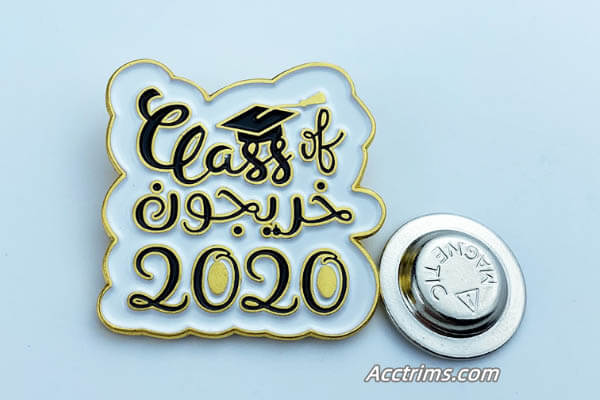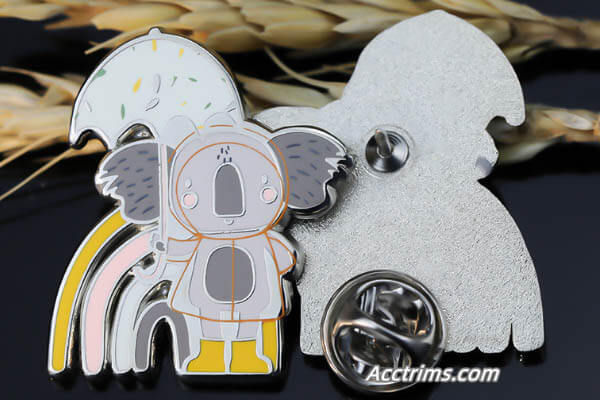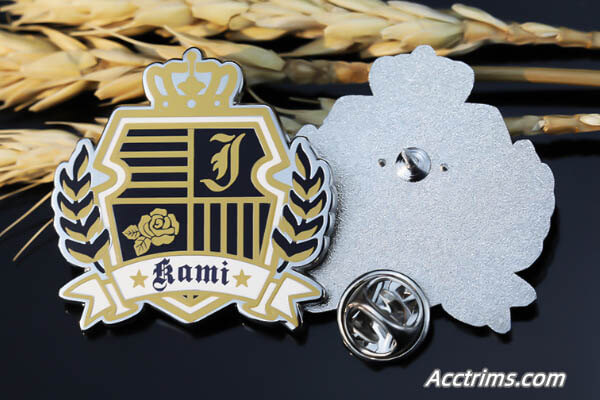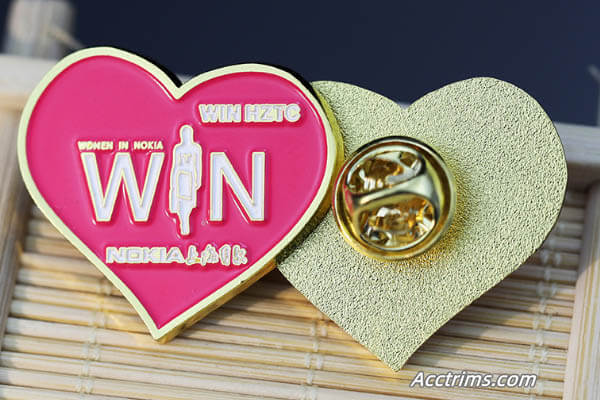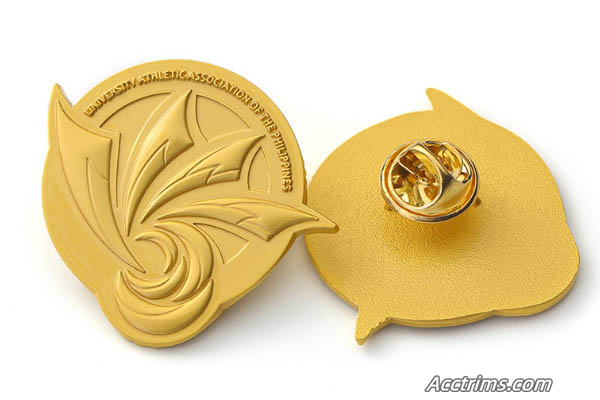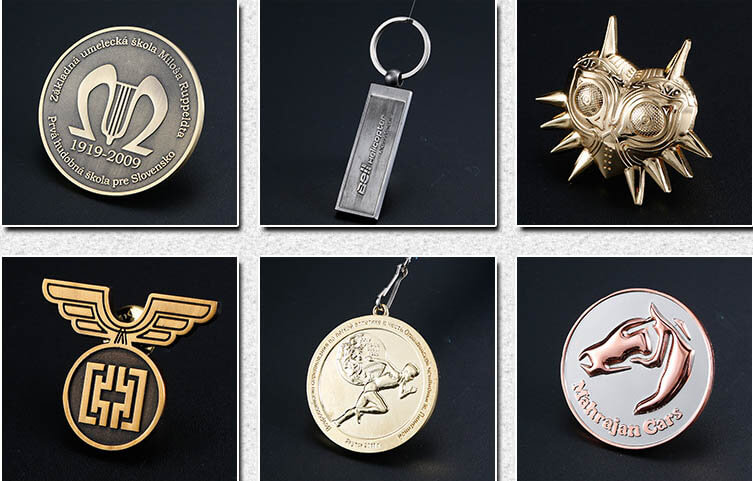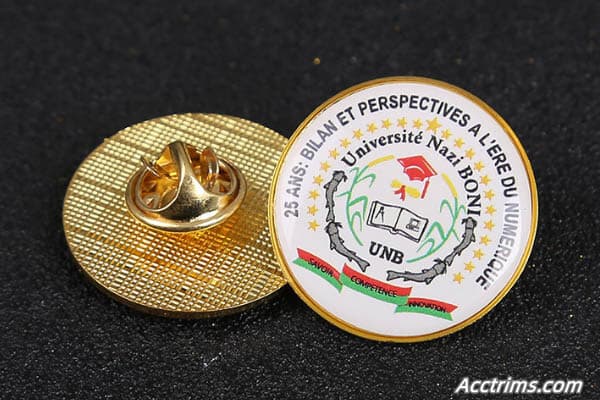Pearl buttons are beautiful and decorative mother-of-pearl buttons and they have shiny gloss and add a touch to various clothing items and accessories. The look of pearl buttons is very beautiful, which is why they are very popular. Pearl buttons can come in many shapes, sizes, and colors. Therefore, many pearl buttons can be customized. They are ideal for clothing such as shirts, dresses, and coats.
Pearl buttons are made from the iridescent inner layer of some mollusk shells. These shells are mainly from freshwater molluscs. Examples include abalone and some saltwater species.
Pearls are classified according to shape, there are round beads, oval beads, flat beads, and horse shell beads. Moreover, there are also opposite-sex beads such as drop-shaped, pear-shaped, and rice-shaped. Among them, the pearl button we often say is an unconventional pearl. They are flat and round in shape, like buttons, hence the name.
The role of pearl buttons
Historically, pearl buttons were widely used in the 19th and early 20th centuries before the advent of synthetic materials. We can see the appearance of pearl buttons on various dresses. However, with the development of cheap plastic buttons, the popularity of pearl buttons gradually declined.
Although pearl buttons have declined in popularity in contemporary fashion, they are still valued for their unique and elegant look. They are often used as decorative accents on high-end clothing, especially in formal or designer clothing. Also, lovers of vintage and vintage clothing often appreciate pearl buttons for their nostalgic appeal.
The features of pearl buttons
Beautiful and unique
Pearl buttons are made from the mother-of-pearl shell inside the pearl shell. Therefore, they have a unique luster and color. Also, pretty pearls can add a touch of class and opulence to the look of an outfit.
Natural material
Pearl buttons are made of natural mother-of-pearl, so they are green and eco-friendly. Compared with synthetic materials, they have a unique texture and touch.
Durability
Since pearl buttons are made from shells, they are usually very durable. What’s more, they won’t fray or break easily and can withstand regular use and wear.
Eco-friendly
Pearl buttons are made from natural materials and they are free from harmful chemicals. In contrast, some plastic buttons may contain harmful substances and cause environmental pollution during the manufacturing process. Therefore, choosing pearl buttons can be in line with the concept of environmental protection and sustainable development.
High-end
Pearl buttons are often seen as a luxurious ornament. They can give clothing a high-end feel. In addition, they are ideal for use in custom clothing, haute couture, and special occasion dresses, etc.
The color of the pearl buttons
The most common color for Pearl buttons is white. But there are many other colors besides white. Such as pink, brown, green, black, red and so on.
White Pearl
White pearl buttons are the most common and classic choice. They have a pure, clear luster. Therefore, white pearl buttons are versatile buttons. They are suitable for all kinds of clothing and accessories.
Light pink pearl
Pale pink is another common pearl button color. Then, the pink gives people a soft, romantic feeling. So, they are perfect for women’s dresses, women’s clothing, accessories, and jewelry.
Gray pearl
Gray pearl buttons are relatively low-key and mysterious. Therefore, we can use them in clothing designs that need to highlight neutral or cool tones.
Yellow/gold pearl
Yellow or gold pearl buttons give a warm and welcoming feel. They can make your outfit more luxurious and dazzling. Therefore, yellow or gold pearl buttons are perfect for evening dresses, summer outfits, and festive decorations.
Colorful pearls
Some pearl buttons are very rich in color. They can liven up and personalize your outfits. Therefore, this pearl button is very suitable for children’s clothing or unique clothing.
Freshwater and saltwater pearls
In fact, there are many types of pearls, roughly divided into freshwater pearls and seawater pearls. Saltwater pearls are generally more precious than freshwater pearls. They are large in diameter and perfectly round in shape. And they are brighter in gloss.
Freshwater pearls are mostly seedless cultured. They also vary in shape. Also, the diameter of the beads is somewhat smaller than that of seawater pearls.
However, the overall quality is average. However, there are also larger-diameter freshwater pearls such as Edison pearls. They are comparable in size to seawater pearls. And the color has obvious iridescence.
Cultured freshwater pearls are also a good option if you’re just looking for an inexpensive piece of pearl jewelry.
Wide application of pearl buttons
Pearl buttons are popular buttons that we can use in various products in life. And we can also customize clothing buttons with brand logos. Especially items that need to highlight a sense of nobility and sophistication.
Women’s and men’s clothing
Many clothing will choose pearl buttons. Because they are a perfect choice to decorate your clothing. Especially women’s clothing. Such as women’s dresses, tops, coats, shirts, suspenders, sweaters, etc. But some men’s clothing also uses pearl buttons. Such as shirts, blazers, or vests. Because pearl buttons can add elegance and unique style to men’s clothing.
Accessories
Pearl buttons are also a perfect accessory. We can match it with various accessories. Such as handbags, wallets, shoes, hats, belts, etc. Using pearl buttons on these accessory products can really elevate the overall texture.
Jewelry
Needless to say, pearl buttons are definitely a favorite to use in jewelry design. Pearls are used in many necklaces, bracelets, earrings, rings, and other jewelry. Adding bright shimmering pearls on top can add sparkle to your jewelry.
Household products
Many people may not think that pearl buttons can also be used on household items. For example, throw pillows, bed sheets, curtains, upholstery, etc. Stitching pearl buttons on it can make your home products more upscale and elegant. They can enhance the taste and style of the entire space.
